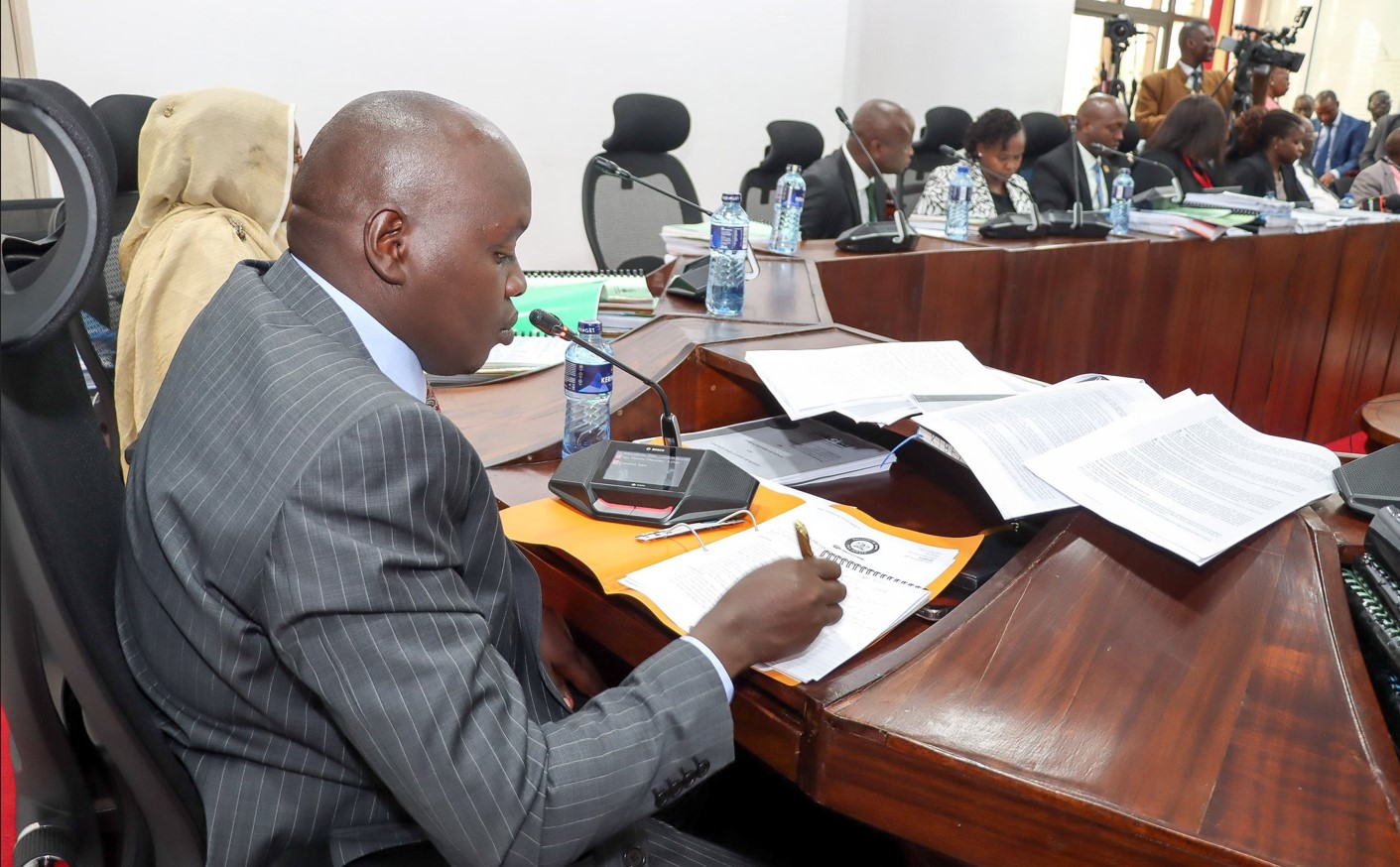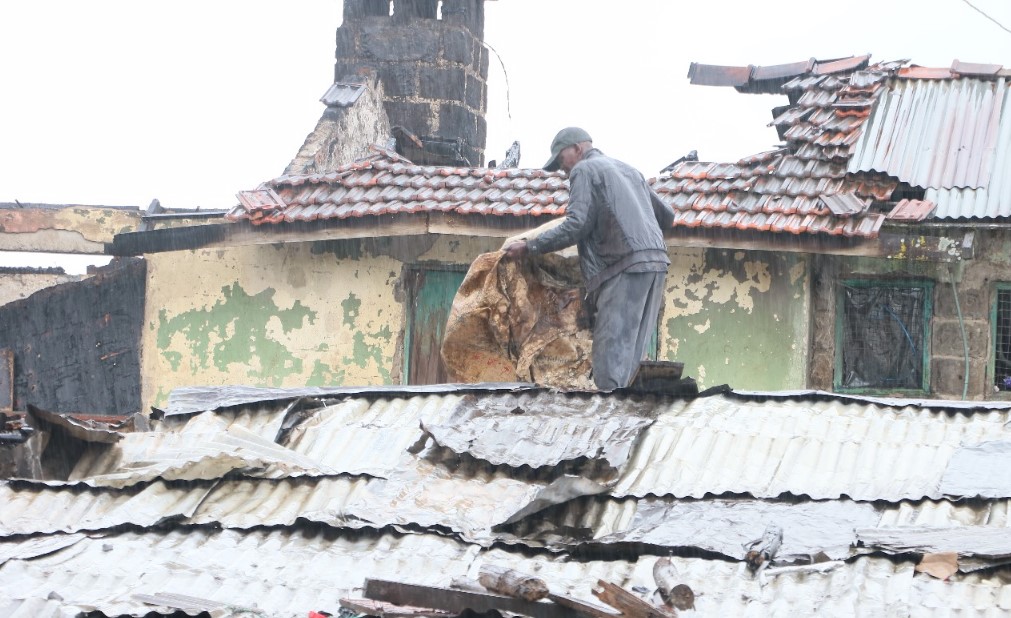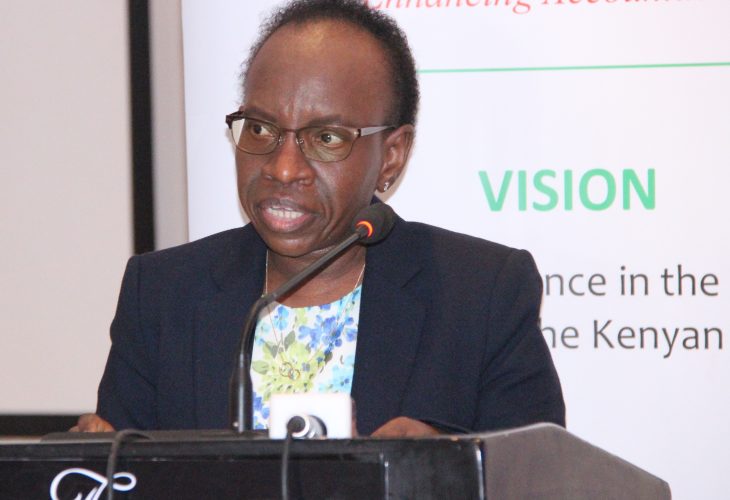Inside City Hall's proposal to revise zoning regulations to raise building height limits
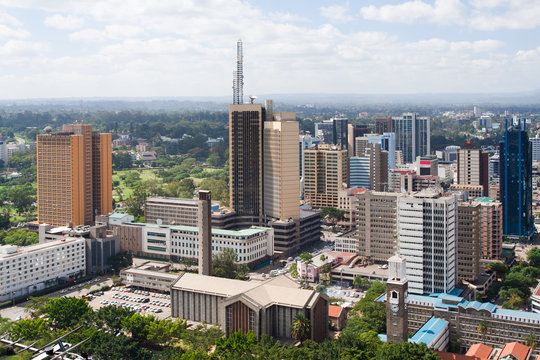
By Maureen Kinyanjui |
Eastleigh, Pumwani and Ziwani are classified under zone 2 with a limit of 25 floors.
A section of Nairobi residents are up in arms over a plan by the Nairobi County Government to change zoning rules that will allow developers to set up high-rise apartments in various parts of the city.
City Hall wants to pass a new policy that would raise the building height limits in places like Kilimani, Kileleshwa, and Muthangari from four storeys to 15 storeys.
Keep reading
Residents of Kileleshwa Ward have already petitioned City Hall over what they term as irregular approval of buildings.
The residents claim that the county's Urban Development and Physical Planning Department has ignored existing laws that govern all developments in the area.
"At the heart of our concerns lies the potential transformation of our residential haven into an overcrowded, chaotic zone. This impending shift jeopardises the tranquillity we hold dear, substituting it with the discord of ill-suited developments," read a portion of the residents' petition.
Kileleshwa Ward falls under Zone 4 in the Nairobi City Development Ordinances and Zoning Guide of 2026.
This means that any building in the area should have a maximum of four storeys.
Kileleshwa now faces potential changes under a proposal by Governor Johnson Sakaja's administration, seeking to raise building limits to 15 floors.
 Nairobi Governor Johnson Sakaja. His administration has classified areas in Zone Six, Zone 12 and Zone 13 as single dwelling places meaning there will be no high-rise developments. (Photo: Nairobi County)
Nairobi Governor Johnson Sakaja. His administration has classified areas in Zone Six, Zone 12 and Zone 13 as single dwelling places meaning there will be no high-rise developments. (Photo: Nairobi County)
This proposal, along with a broader plan to revise zoning regulations, has ignited controversy among stakeholders.
If adopted, the new policy would increase height limits in areas like Kilimani, Kileleshwa, and Muthangari to 15 floors, with the Central Business District potentially reaching 75 floors.
The proposal is under review by the Nairobi City County Assembly's Planning Committee, chaired by Kitisuru MCA Alvin Palapala, marking yet another attempt to revisit regulations unchanged since 2004.
Previous efforts, including one by the now-defunct Nairobi Metropolitan Service, failed to materialise, raising questions about the county's commitment to effective urban planning.
Floor limits
The proposal states that Westlands Central Business District (CBD), Westlands Museum Hill and the surrounding areas have been classified under zone three with a limit of 30 floors.
In the new policy, areas in the Central Business District including Haile Selassie, University Way, Uhuru Highway and Tom Mboya Street will be classified as zone one with a floor limit of 75 floors while areas surrounding the newly-launched Railways City will have a limit of 50 floors.
Valley Road, Uhuru Highway, Dennis Pritt Road, Ralph Bunche Road and State House Road will also be limited to 75 floors.
Others with a similar limit include Ngong Road, Hospital Road, Upperhill Link Road, Mbagathi Way, Argwings Kodhek Road and Ralph Bunche Road.
Eastleigh, Pumwani and Ziwani are classified under zone 2 with a limit of 25 floors while Riverside, Parklands and City Park are classified under zone 3c with a limit of 20 floors.
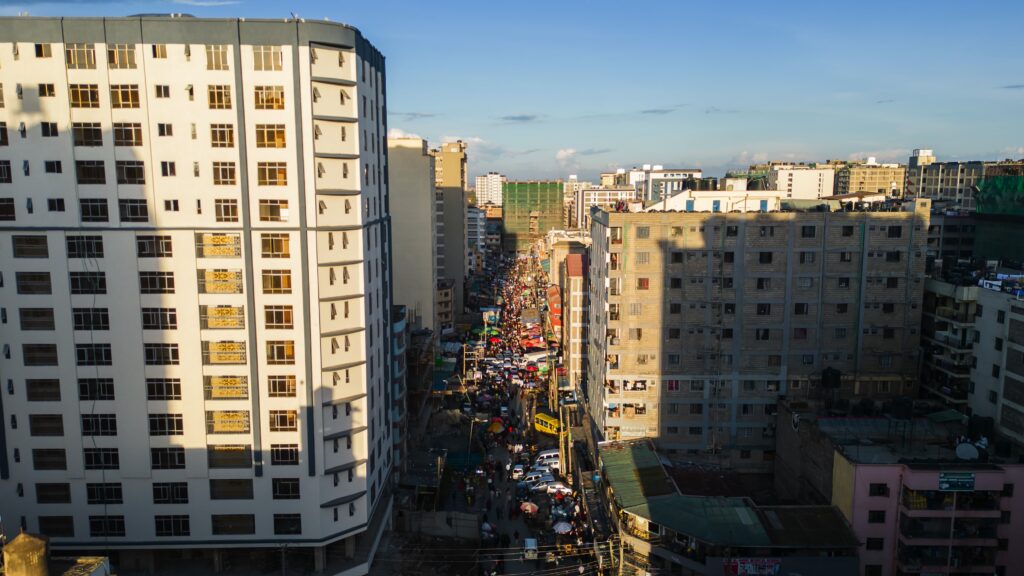 An aerial view of a section of Nairobi's Eastleigh area. (Photo: Abdirahman Khalif)
An aerial view of a section of Nairobi's Eastleigh area. (Photo: Abdirahman Khalif)
Governor Sakaja noted that earlier, there was a restriction on the heights of apartments, especially those close to the airport, from the Eastleigh Airbase and down this way, the reason being the need to evacuate the residents in case of an emergency.
Going further, the Sakaja-led administration has classified areas in Zone Six, Zone 12 and Zone 13 as single dwelling places meaning there will be no high-rise developments.
The areas include Karen Triangle, Kuwinda, Karen C, Karen Hardy, Langáta Road Corridor including the Bomas of Kenya roundabout as well as the Lang'ata and Ngong Road roundabout.
Other areas under this category include Huruma Village, Nyari, Rosslyn, Thindigua, Ridgeways, Mitini, Hibiscus Court, Mitini, Gigiri, Kitisuru, Runda Park, Runda Estate, Githogoro Village, Runda Evergreen and Whispers Estate,
Areas in Zone Six are those located in Muthaiga, Spring Valley and those surrounding Karura Forest.
Nairobi River, Mathare River, Juja Road and Outer Ring Road have been classified as Zone Seven with a limit of five floors.
It also includes areas such as Kariobang, Korogocho and Dandora.
Areas in Kahawa West, Zimmerman, Githurai 44, Kahawa Soweto and the nearby areas are classified as zone 17 areas with a limit of 12 floors.
Kasarani, Roysambu, Clay City, Mihango, Komarock and Chokaa are classified as Zone 18 with a limit of 16 floors.
Opposition
Already, over 26 professional and resident groups in Nairobi have opposed Sakaja's proposal to allow tall buildings in various parts of the city.
They argue that it goes against the law and harms the environment.
The County Governments Act of 2012 states that such decisions must be aligned with the relevant plans.
The associations said they will move to court if the county doesn't stop the plan, especially in areas like Kilimani and Kileleshwa.
 An aerial view of Kilimani, Nairobi. (Photo: MicroDrone Africa)
An aerial view of Kilimani, Nairobi. (Photo: MicroDrone Africa)
"The governor should prioritise the expansion of critical infrastructure including sewerage, water, solid waste management, public transport, schools, health amenities, open grace spaces, fire and emergency services," Florence Nyole, the president of the Architectural Association of Kenya said.
The Kenya Alliance of Residents Association (KARA) also thrown its weight behind these associations.
"KARA joins Nairobi residents and built environment professional bodies in objecting Sakaja's declaration on the rezoning of some areas of the city, without due legal process and the expansion of critical infrastructure to support the new developments," it said.
However, during his State of the County address early this month, Governor Sakaja said that by 2050, Nairobi will have at least 10.5 million inhabitants, and so to avoid urban sprawl and its concomitant negative effects, people must rethink and redesign many of our neighbourhoods.
"Our city of 696 square kilometres will not expand. We must use available technology to ensure sustainable housing even as we raise height restrictions in different parts of the City. We can only go up," he said.
"The process of review of these plans, which will bring together our urban planners, residents' associations and other professionals, must take these facts into consideration," Sakaja added.
Reader comments
Follow Us and Stay Connected!
We'd love for you to join our community and stay updated with our latest stories and updates. Follow us on our social media channels and be part of the conversation!
Let's stay connected and keep the dialogue going!

